We are used to the idea that beauty and elegance are valued in scientific theories. But what about beautiful experimental set-ups and results? We should not overlook the significance of the aesthetics of experiments, writes Milena Ivanova.
While scientific products, such as theories, models and experiments, are created in our attempt to understand and manipulate the world around us, they are also often praised for being aesthetically pleasing and beautiful.
From scientific theories, such as Einstein’s relativity and Darwin’s evolution, to the experiments that led to the discovery of electrons, DNA replication or decomposition of light, scientific products are praised not only for uncovering truths about the world but also for doing so in an elegant, apt and beautiful way.
In addition to praising the products of scientific engagement as aesthetically valuable, we also assign artistic and creative credit to scientists, just as we do with artists, recognising their use of imagination and ability to create something new and valuable. Experimental practice has an interesting artistic dimension that is too often overlooked. However, as we will see below, experiments can be appreciated for their aesthetic features, can be seen as artworks, as a form of public spectacle, and can evoke in us aesthetic experiences.
That experiments have an artistic dimension becomes clear when we think about the origins of experimental practice and the fact natural philosophers in the 17th century would often perform experiments in front of audiences, making the experiment a public spectacle. The experiment, as a privileged path to unveiling and intervening in nature, was recognised already in the work of Francis Bacon, who in his Novum Organum, published in 1620, emphasizes the significance of the experiment in forming hypotheses about the world and testing their correctness.
 SUGGESTED READING
Science is based in metaphor
By Andrew Reynolds
The experiment became central to the empirical method of scientific investigation and through repeated demonstrations and interventions using newly invented instruments, natural philosophers began to explore nature in domains no one had previously reached. This was the time in which natural philosophers studied the vacuum using the newly invented air pump, Newton discovered the decomposition of sunlight using prisms, and advancement in optics and lenses enabled the construction of new instruments that allowed us to reach further than ever before. The experiments became the focal point of the appreciation of the new inventions and what the experimenters uncovered using them.
SUGGESTED READING
Science is based in metaphor
By Andrew Reynolds
The experiment became central to the empirical method of scientific investigation and through repeated demonstrations and interventions using newly invented instruments, natural philosophers began to explore nature in domains no one had previously reached. This was the time in which natural philosophers studied the vacuum using the newly invented air pump, Newton discovered the decomposition of sunlight using prisms, and advancement in optics and lenses enabled the construction of new instruments that allowed us to reach further than ever before. The experiments became the focal point of the appreciation of the new inventions and what the experimenters uncovered using them.

An Experiment on a Bird in an Air Pump by Joseph Wright of Derby, 1768
The famous painting ‘An experiment on a bird with the air pump’ by Joseph Wright of Derby depicts excellently the performative nature of experiments and the variety of ways in which an experiment can evoke an aesthetic response in the audience. The experimenter in the middle of the painting resembles a performer who aims not only to demonstrate to the audience the phenomenon under the specific experimental conditions, they also want to provoke fascination, awe, and amusement in the audience. The painting depicts the diverse responses of the audience, fascination, awe, delight, even mystery and fear, all experienced while the air pump extracts the air from the cylinder, creating uninhabitable conditions for the unlucky living creature. These experiences, that go beyond teaching the audience about the demonstrated phenomenon, were clearly stated by Joseph Priestley, who in his notes reflecting on experiments on electric currents writes about the experiment as ‘the most delightful spectacle’, generating in the audience experiences of awe, delight, pleasure.







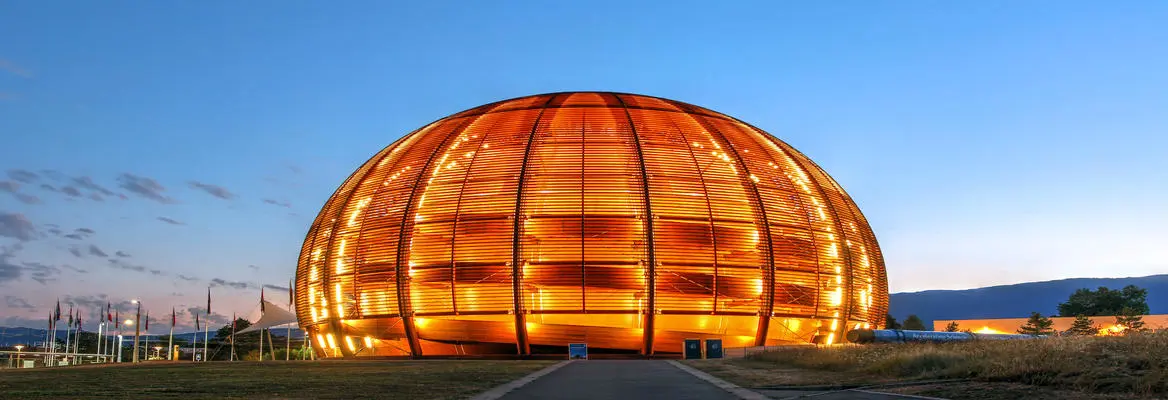


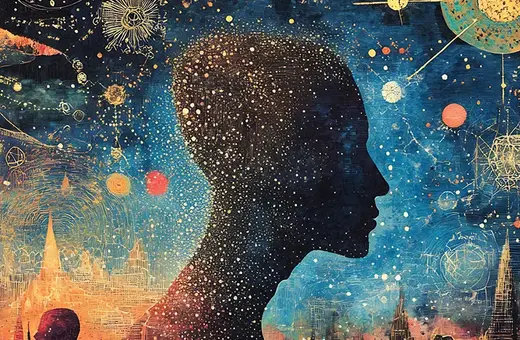

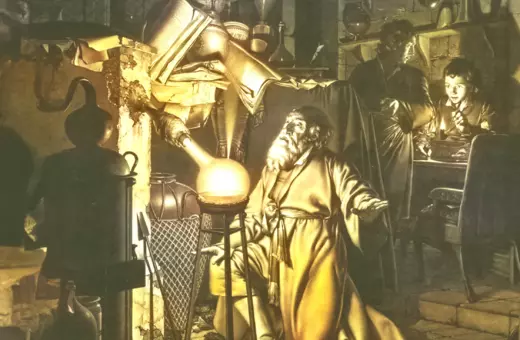
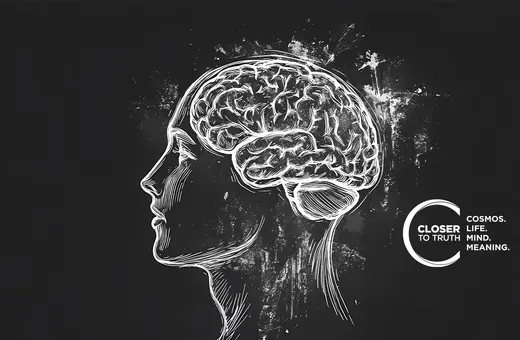
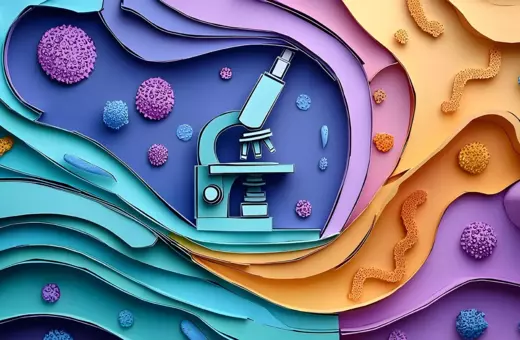


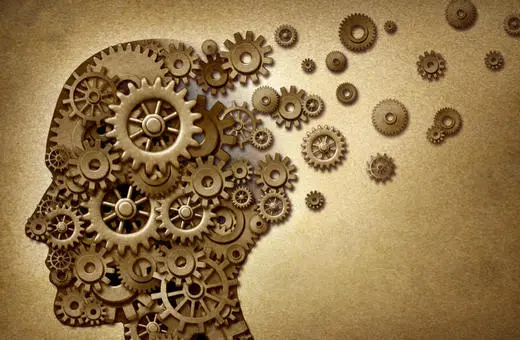

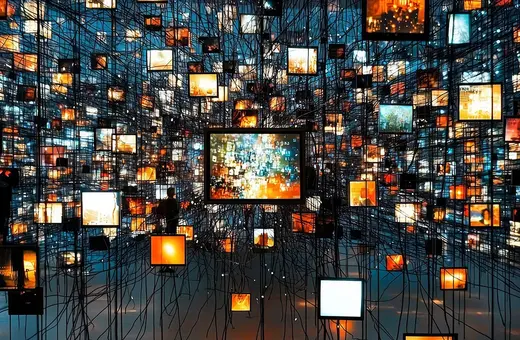
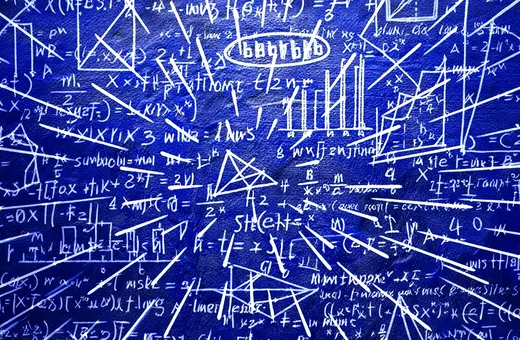
Join the conversation